By Melissa Simon, MSW, CFRE, Chief Executive Officer
If you’ve been receiving newsletters and other information from Casa de Esperanza over the past few years, you’ve no doubt heard us refer to the changes in the child welfare system and some of the resulting impacts on the work of Casa and others in the foster care space. Those involved in keeping children safe and free from abuse and neglect, whether in the public (think the Department of Family and Protective Services and the Texas Legislature) or private (non-profits like Casa de Esperanza and other advocacy groups) sector, are continuously working toward a day when child abuse and neglect are eradicated. This ultimately results in pendulum swings in approach, legislation, and best practice. Over the past decade, several shifts have been notable and had impacts on the foster care community.
In 2011, a private plaintiff brought a lawsuit against the State of Texas on behalf of foster children, alleging that their Constitutional right to “be free of unreasonable risk of serious bodily harm” had been violated. The state lost the case, and the child welfare system including caseload size, reporting, investigations of abuse and neglect, and the safety of foster placements in facilities with over 7 children has been under the oversight of Judge Janice Jack for more than a decade. You can read more about this litigation here.
Since the lawsuit, the number of children coming into foster care has steadily declined. First, the state has been working toward the privatization of foster care, resulting in fewer children taken into custody by the Department of Family Services (DFPS). While DFPS will retain its investigative function, Single Source Continuum Contractors (SSCCs) will bear the responsibility for removals, placements into alternative care (including foster care), any termination of parental rights, and adoptions. The contracting process is now underway in Region 6a and 6b, both of which are served by Casa.
Once the SSCC is in place, Casa will contract directly with that entity for foster care placements of children in the custody of the courts. Casa will also continue to accept children for voluntary placements from a variety of other referral sources. You can learn more about this privatization and move toward Community Based Care here.
Additionally, several laws were changed during the last two legislative sessions that impacted the foster care system. The most notable changes are HB567, which and narrowed the definition to “immediate danger,” replacing the previous language of “substantial risk of harm” and several that gave parents more rights with regard to termination of rights, the reasons for removal of a child, and greater autonomy with regard to completing services. You can read more about the 87th Legislative session here and the 88th Legislative session here.
Finally, the Family First Prevention Services Act of 2018 restructured federal child welfare funding and seeks to reduce entry into the foster care system and limit the use of congregant care by increasing access for families to mental health and substance abuse services.
Casa de Esperanza exists to break the cycle of child abuse and neglect, and we do that by providing safe foster care for children and family strengthening services for parents. While our mission has not changed, we have responded to the changes around us in the child welfare system in several ways, including doubling down on outreach efforts to community organizations who serve the same population to better ensure we can reach the vulnerable children and families who need us. The need to protect our children and strengthen our families is both urgent and ongoing, and Casa de Esperanza is committed to exploring additional, innovative ways to serve our at-risk families.






